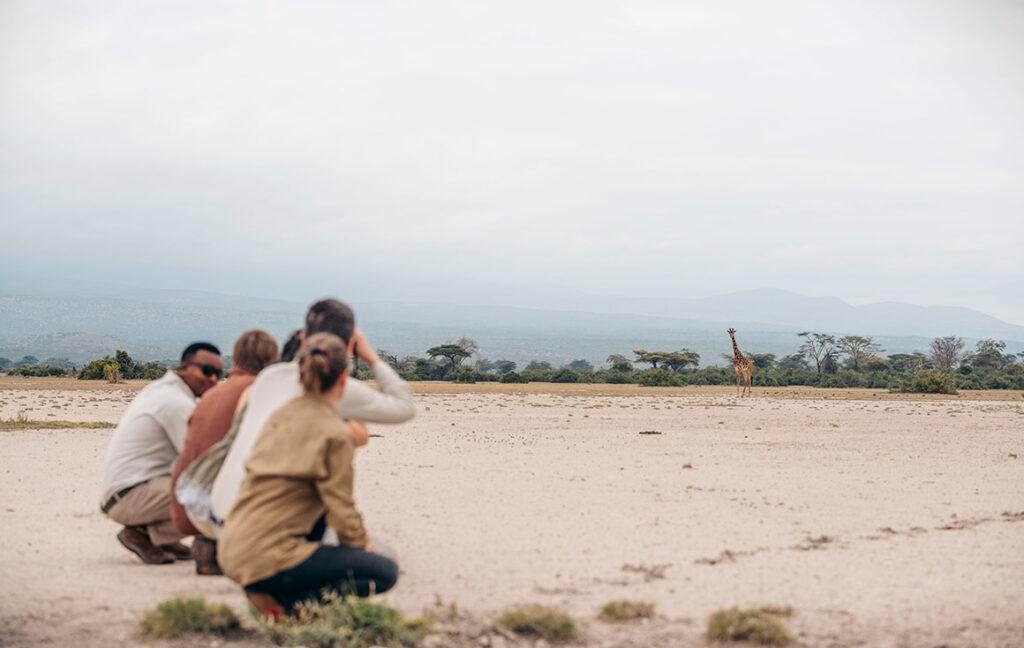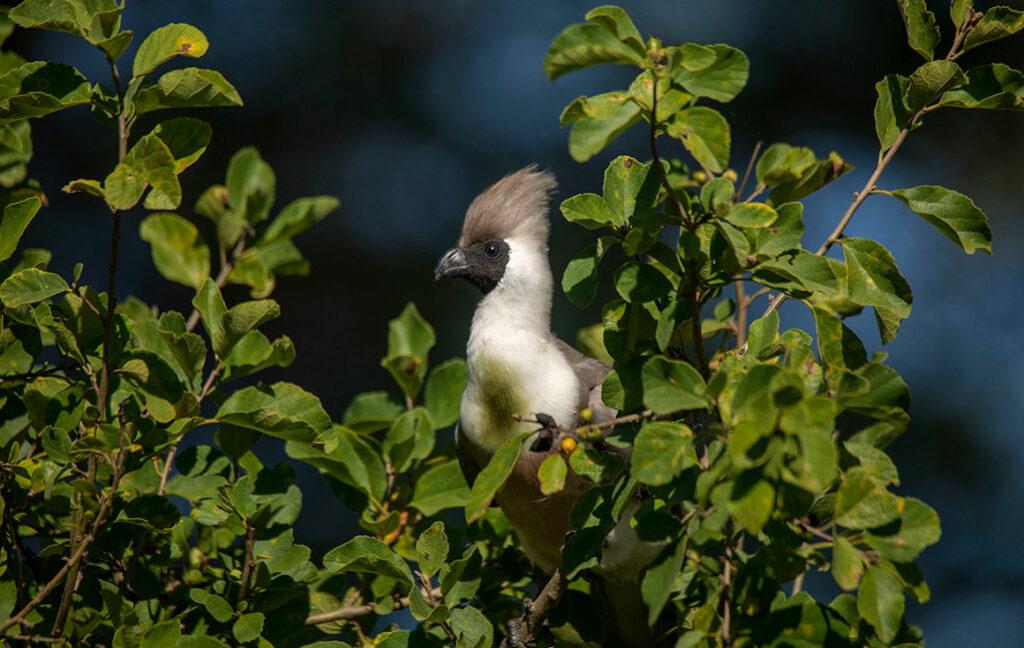Mkomazi National Park
3,245 km² (1,240 mi²)
1951 (Game Reserve) | 2006 (National Park)
All year-round
A beautiful tranquil park with an amazing story
Mkomazi National Park is not famed for its vast number of animals but for its beauty. To the northwest are incredible views of Mount Kilimanjaro, and to the south are the Pare and Usambara Mountains. Kenya’s huge Tsavo National Park borders the park. Together, they create a large and important ecosystem, allowing numerous animals to migrate back and forth. However, dig a little deeper here, and you will discover a remarkable and a continually unfolding story of habitat and wildlife restoration. Plus, the re-introduction of two endangered species - the Black Rhino and the Wild Dog.
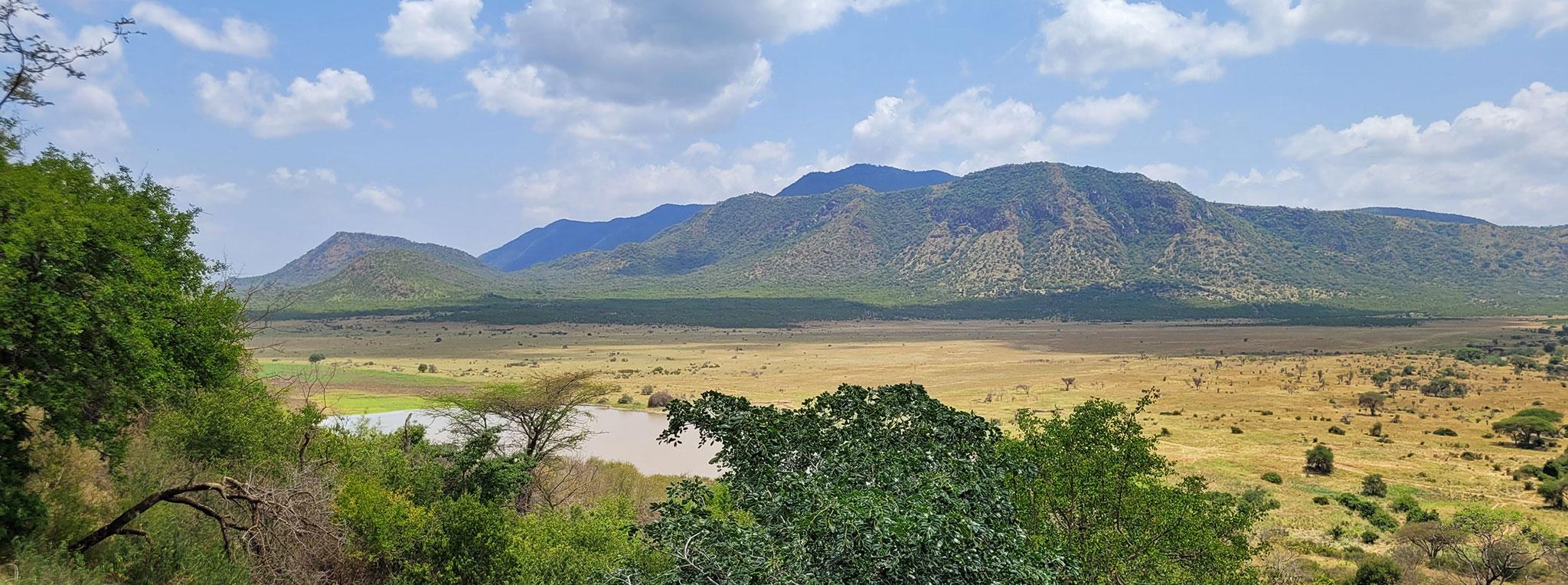
Mkomazi National Park: From disaster to restoration
The Mkomazi National Park is located in northeast Tanzania, between Moshi and Tanga. It is in a beautiful setting, with the Pare and Usambara mountains towering above its boundaries. Depending on the weather, Mount Kilimanjaro can also be seen from the park.
Visitors to Mkomazi National Park discover something special. Although it is not home to vast numbers of wildlife, it is a tranquil place, rarely visited, with exceptionally beautiful landscapes and an incredible story to tell.
In 1951, Mkomazi was designated a Game Reserve. However, this did not stop the habitat turmoil that transpired. Persistent poaching erased the Black Rhino from the landscape, and elephant numbers plummeted to 11 individuals. At the same time, heavy grazing and annual burning led to extreme land degradation. A natural disaster was taking place.
1989 was a pivotal year in Mkomazi’s history. The Tanzania Government stepped in to resolve the situation, and they hired the George Adamson Wildlife Preservation Trusts (GAWPT) to restore the reserve and re-introduce the Black Rhino and the African Wild Hunting Dog. Tony Fitzjohn, George Adamson’s (Born Free) successor, managed the project.
Over the years, Tony and his team established vast kilometres of roads, fences and water systems. A team of rangers and an air unit started patrolling the park for ivory poachers whilst breeding programs for Wild Dog and Black Rhino were established. It was a huge task. Importantly, the local community was involved, and several projects were set up, including ‘Rafiki wa Faru’ (Friends of the Rhinos), which teaches young school children about the park’s conservation work.
Today, over ~500 elephants have been recorded and ~200 Wild Hunting Dogs run free. It is home to Eland, Zebra, Buffalo, Hartebeest, Giraffe, and Warthog. Moreover, it is also one of the best places to see large herds of Oryx and Gerenuk roaming freely in the open bushland. Other small and large mammals that call Mkomazi their home include Lions, Leopards, Cheetahs, Hyenas, and Jackals. However, sightings of the larger predators are rarer.
A healthy population of ~450 bird species are also found in the park and several species can be seen during a game drive. The most commonly seen species include Go-away birds, Ostriches, Long-crested eagles, Hoopoes and Bustards. Around the Umba River, sightings of Kingfishers, Flamingos, Cormorants, Plovers, and Ducks.
Highlights
- Go to the Black Rhino Visitor Centre
- Possible sightings of African Wild Hunting Dogs
- Fantastic bird-watching
Remoteness
It’s an ideal park if you want to experience vastness and remoteness. Very few visitors travel here, making it a secluded destination to take a break from the rest of the world.
Black Rhinos
Black Rhino ranged freely between Tsavo and Mkomazi. Then poaching erased them from the landscape. The Black Rhino Sanctuary reversed this situation and today you can see Rhinos at this park.
Wild Hunting Dogs
One of the longest running Wild Hunting Dog breeding programs exists at Mkomazi and they have successfully released ~200 dogs into the ecosystem. Giving you an excellent chance of seeing them.
WHEN TO GO
Best time to go to Mkomazi National Park
You can visit Mkomazi National Park all year round. However, the best time to go to Mkomazi National Park is the dry season, from June to October. This season has the best weather and it is the best time to see the wildlife. June is the coolest month and October the warmest.
The Umba River in the southeast east corner of park is the only river existing in the area and wildlife can be seen here in the dry season. Thankfully the park authorities have constructed a dam supplying multiple water points in several areas which means animals can stay in the park during the dry season.
Dry Season
June to OctoberIdeal for seeing the wildlife and the rhinos at the visitors centre.
Green Season
March to MayThe best time for photographing Mount Kilimanjaro thanks to clear skies and green landscapes.
Why to go
Undiscovered and underappreciated
You may leave this park with a promise to return. Visited by so few people, you can expect a tranquil experience in nature, surrounded by beautiful landscapes.
Yes, the number of animals here is lower compared to other parks, but thanks to the hard work going on, this is an evolving situation. Only 11 elephants remained in the park in the late 1980s. Today, ~500 migrate back and forwards from Tsavo National Park. Plus, seeing a Black Rhino is guaranteed if you visit the Rhino Visitor Centre. This truly is a lovable park.
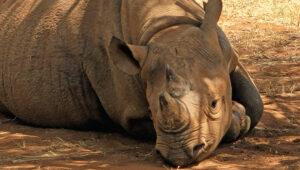

Our Guide Eligard was excellent. Very friendly and super knowledgeable. He went out of his way to ensure we had an amazing time and saw everything we wanted to, taking a genuine passion in his job. Hard to imagine there is a better guide in Tanzania!Andrew Sill | UK/Thailand
Where to stay in and near Mkomazi National Park
Location
Mkomazi National Park is only 252km away from Arusha and 172km away from Moshi. This means, it is usually accessed by road. The Rhino Visitor Centre is found not far from the Zange Gate, whilst the Black Rhino Sanctuary is located near the Njiro Gate. The majority of the accommodation is located around the Zange Gate. The river is found in the south-easterly corner of the park. Whilst you are there you could visit the Pare and Usambara mountains to the south of the park to do some amazing hiking.
- Mkomazi National Park
- Arusha 190 km | 4 hours by road
- Tarangire National Park 300 km | 6.5 hours by road
- Serengeti National Park (Naabi Gate) 450 km | 7.5 hours by road
- Saadani National Park 350 km | 6 hours by road
- Ruaha National Park 850 km | 15 hours by road
- Dar es Salaam 470 km | 8 hours by road
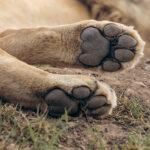

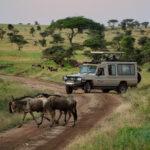
Experience Tanzania with us
Speak to one of our travel experts
Let's start planning your trip!
We will get back to you within 2 working days.
 on Tripadvisor
on Tripadvisor




